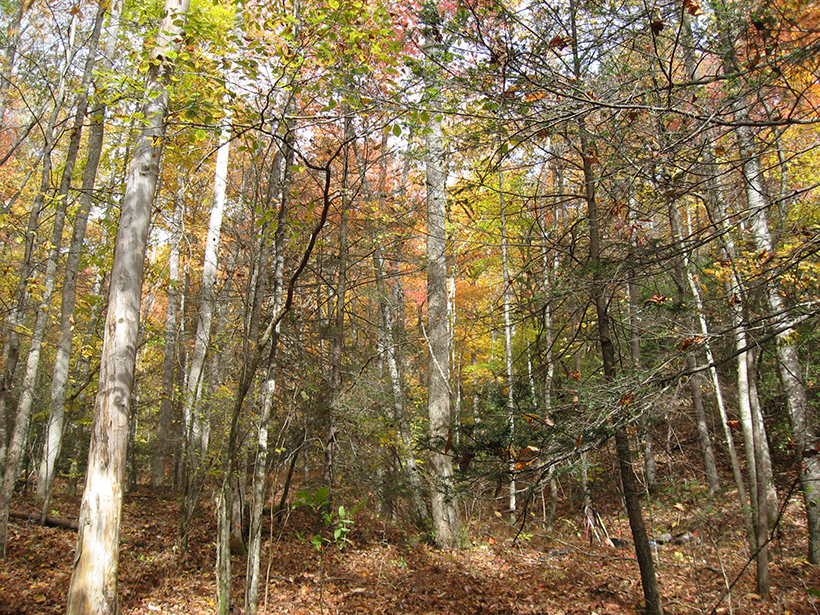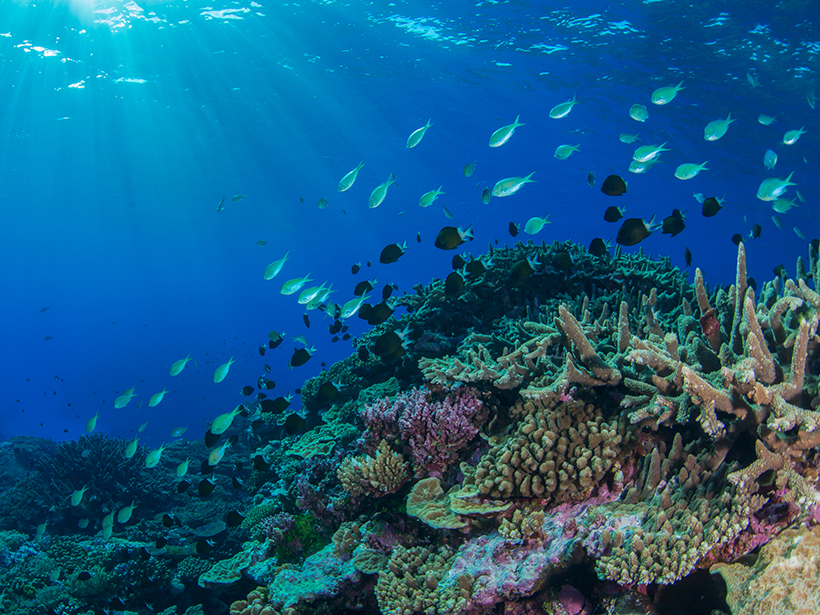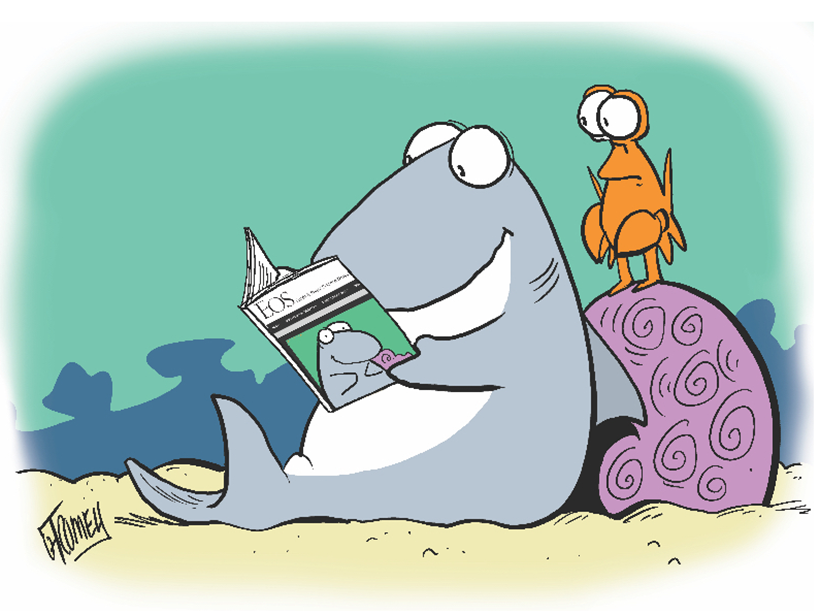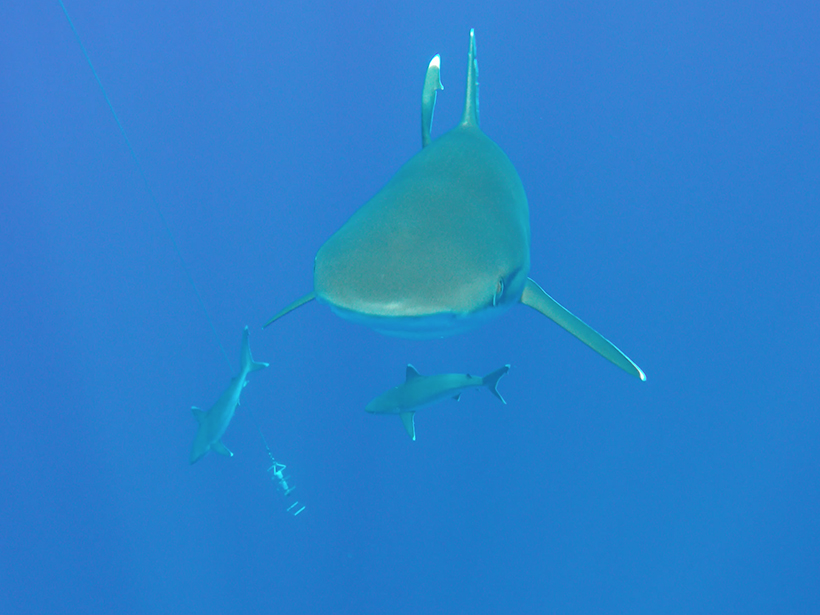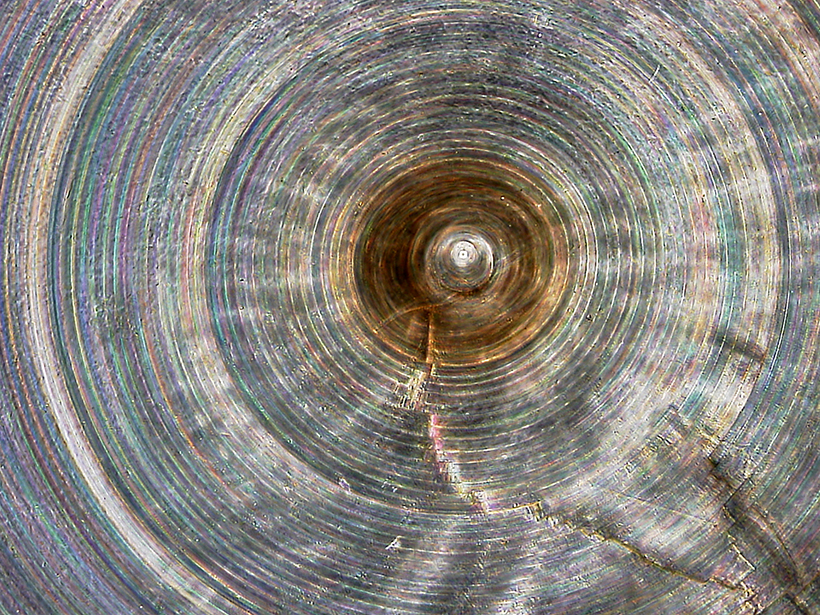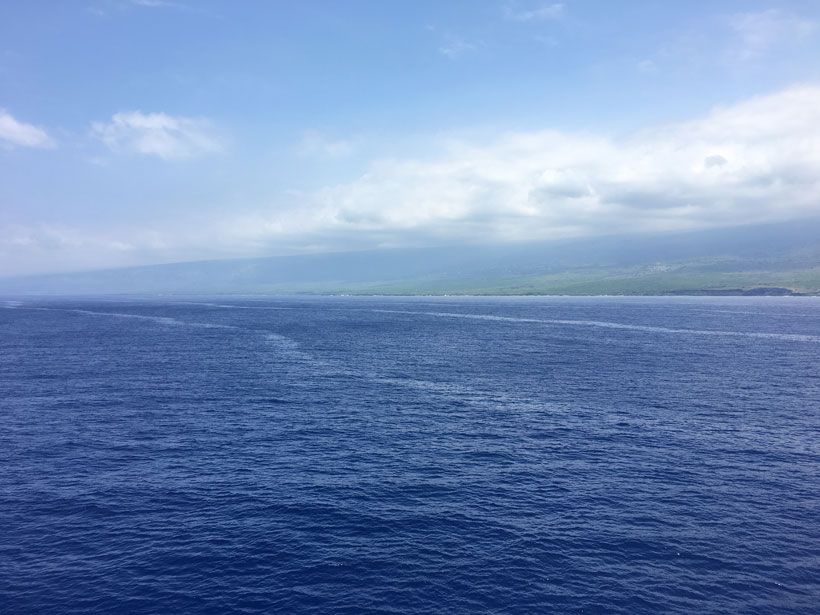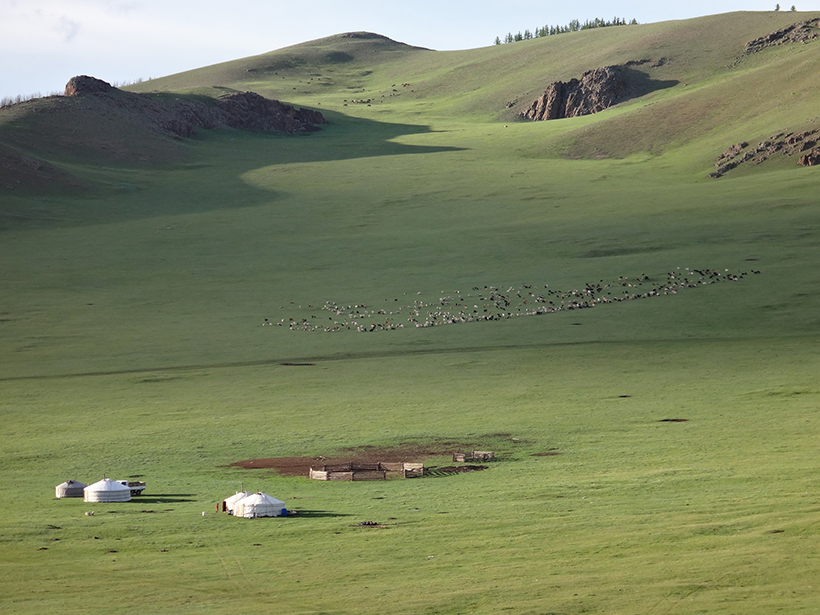A hemlock woolly adelgid outbreak in southern Appalachia prompted a transformation in where the forest stores carbon.
animals
Heat Waves, More Than Coral Death, May Cause Fish to Flee Reefs
A study over a broad swath of the Great Barrier Reef shows that warming waters directly cause fish and invertebrates to leave the reef, making it harder for coral to recover from bleaching events.
Invasive Freshwater Mussels Drive Changes in Estuary Sediments
The golden mussel has spread quickly in the 30 years since its arrival in South America and is transforming aquatic ecosystems in waterways across the continent.
Dive into Ocean Issues with Sherman’s Lagoon
Sherman’s Lagoon creator talks to Eos about providing light-hearted entertainment while weaving in ocean facts and larger messages about threats to the ocean and its creatures.
Emperor Penguins’ Huddles Change in Response to Weather
How quickly the penguins huddled when weather worsened provided clues about their feeding success and how climate change may alter the Antarctic biosphere, according to scientists.
Nutrient-Rich Water Around Seamounts Lures Top Predators
At an Indian Ocean marine refuge, tides drive cold water laden with nutrients onto the tops of underwater mountains, where it sustains a long food chain that culminates in sharks, tuna, and seabirds.
One of World’s Oldest Animals Records Ocean Climate Change
Researchers probe millennia-old deep-ocean sponges for links between ocean nutrients and climate.
New Postage Stamps Focus on Bioluminescent Marine Life
The stamps help draw attention to the wonders of creatures that generate their own light and to the environmental problems that threaten them in marine habitats, scientists say.
Calm Waters off Hawaii Harbor a “Nursery” of Sea Life
Ocean slicks—naturally occurring bands of smooth water—are home to an astounding diversity of fish larvae and other marine life, researchers show.
Critical Role of Grazing Animals in an Ecosystem
Scientists model the effect of horses, cattle, sheep, and goats on local environments and global climate.

